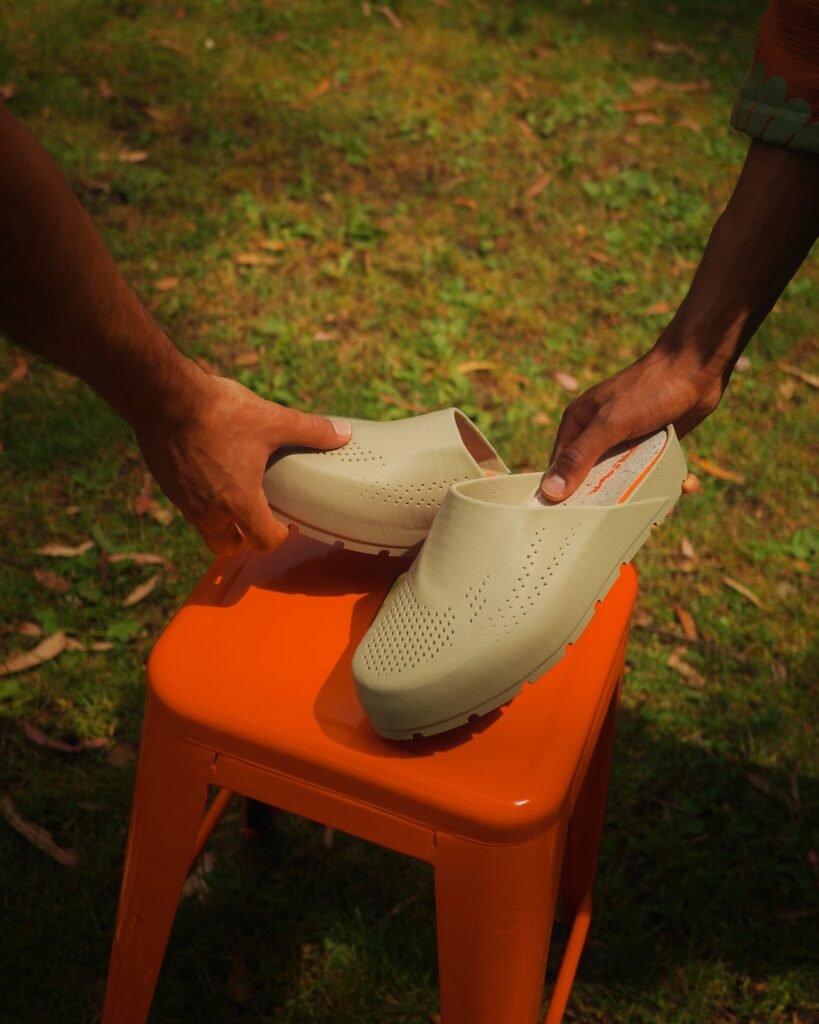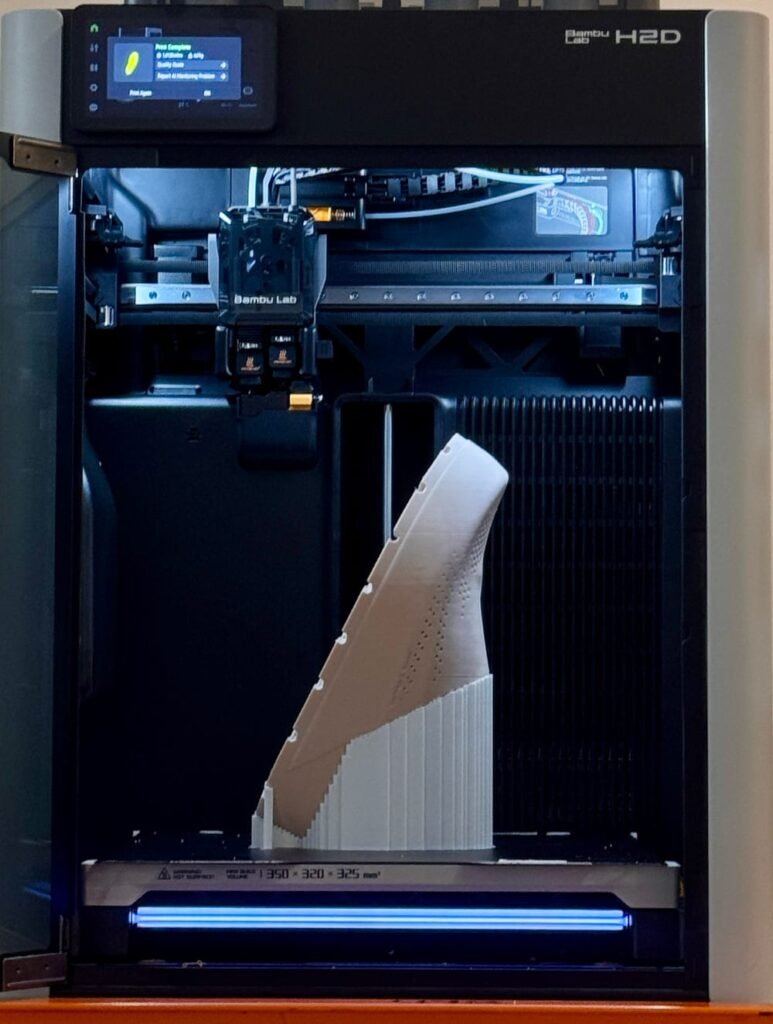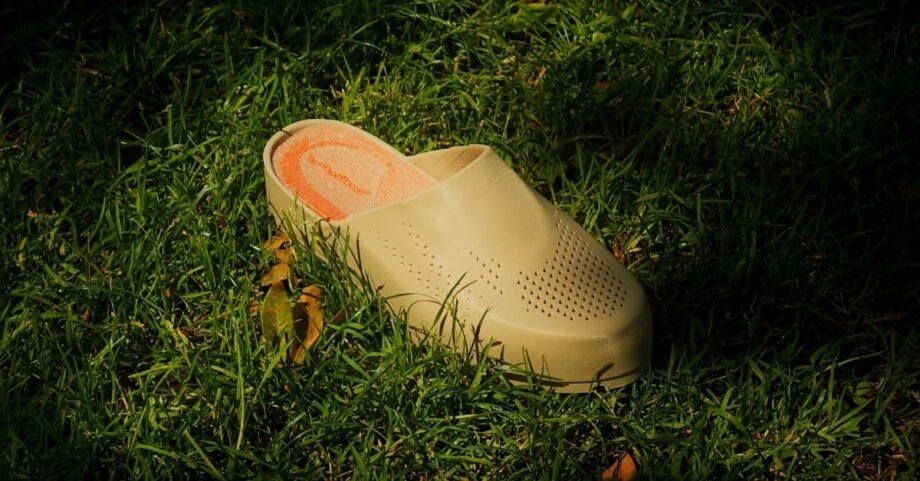The Sneaker Revolution Is Splitting in Two
Every few decades, an industry hits a fork in the road. For footwear, that moment is now — and it’s being shaped not by fashion houses or sports giants, but by engineers and makers with printers on their desks.
On one side, Bambu Lab and Presq are tearing down the walls with open-source footwear — shoes you can download, customize, and print at home. On the other, Zellerfeld, the sleek disruptor from Germany and New York, is doubling down on closed innovation — premium, app-based, and tightly controlled.
Both claim to represent the future of shoes. But their philosophies couldn’t be more different.
The Makers: Freedom vs. Perfection
When Bambu Lab joined forces with Los Angeles design studio Presq, they didn’t just release another product. They released a concept.
Their first drop, Fig.(0), is not a shoe in the traditional sense — it’s an invitation. The files are free. The scaling charts are public. The design is meant to be remixed, reimagined, and reprinted.
It’s the footwear equivalent of open-source software — a sneaker you can fork.
Meanwhile, Zellerfeld has been cultivating a different vision. They’ve built a fully automated footwear factory of the future — no stitching, no glue, no waste. Their app lets users scan their feet, order a pair, and receive custom-fit 3D-printed shoes made from recyclable zellerFOAM®. It’s controlled, consistent, and beautiful — but closed.
You can wear them, not edit them.

Two Design Philosophies, One Goal
Both brands share the same mission: to reimagine how shoes are made.
But they approach it from opposite directions.
- Bambu Lab × Presq believe innovation should be distributed. Every maker becomes a manufacturer. Every print farm becomes a micro-factory.
- Zellerfeld believes in centralized mastery. They own the process from scan to print to recycling.
One bets on community creativity. The other bets on perfection through control.
And this is where the philosophical divide becomes fascinating: Who defines “better” — the maker or the manufacturer?
Accessibility and Sustainability: Who’s Truly Greener?
Accessibility is where open-source wins hearts.
If you own a 3D printer, you can print your own shoes tomorrow. No waitlists, no shipping emissions, no middlemen. It’s design democratization at its purest.
But the open road has potholes. Flexible materials like TPU 85A can be tricky — moisture-sensitive, hard to calibrate, and prone to print errors. Quality depends on your skill and setup.
Zellerfeld, on the other hand, offers effortless sustainability. Each shoe is printed to order, no surplus inventory, and old pairs can be ground back into new material. The company is scaling cautiously, partnering with Fraunhofer IAPT to build safer, more efficient print farms.
So, while Bambu Lab spreads creative power across millions of printers, Zellerfeld concentrates it in hundreds of precisely tuned machines.
Both paths reduce waste — one through local empowerment, the other through industrial refinement.

The Human Element: Community vs. Brand
The open-source model thrives on collaboration. A maker in Manila might remix a sole design from Berlin, then share it online for others to evolve. It’s messy, unpredictable, and profoundly human.
Zellerfeld’s model is more curated. They partner with designers like Heron Preston and KidSuper, bringing high fashion into the additive age. Their aesthetic is unified, futuristic, and brand-driven — less about sharing, more about showcasing.
Open systems build communities.
Closed systems build brands.
And the footwear industry, as we know it, needs both.
The Future: A Hybrid Horizon
It’s easy to pit these two visions against each other, but the truth is, they’re likely converging.
Imagine a future where you can download an open-source design, modify it, then send it to a certified print hub for professional-grade output. A balance between freedom and fidelity.
As AI-assisted design matures, as materials evolve, and as 3D printers become as common as inkjets, this open-closed spectrum may blur entirely. What matters most won’t be who owns the design — but who contributes to it.
The Verdict
Bambu Lab × Presq are rewriting the rules of creation — handing the keys to everyone with a printer and an idea.
Zellerfeld is proving that innovation doesn’t have to be chaotic — it can be elegant, consistent, and sustainable.
Neither is wrong. They’re two halves of the same revolution.
Because in the end, whether you’re downloading a file or scanning your foot, one thing is certain — the next generation of shoes won’t just be worn.
They’ll be printed, shared, and evolved.
References:




